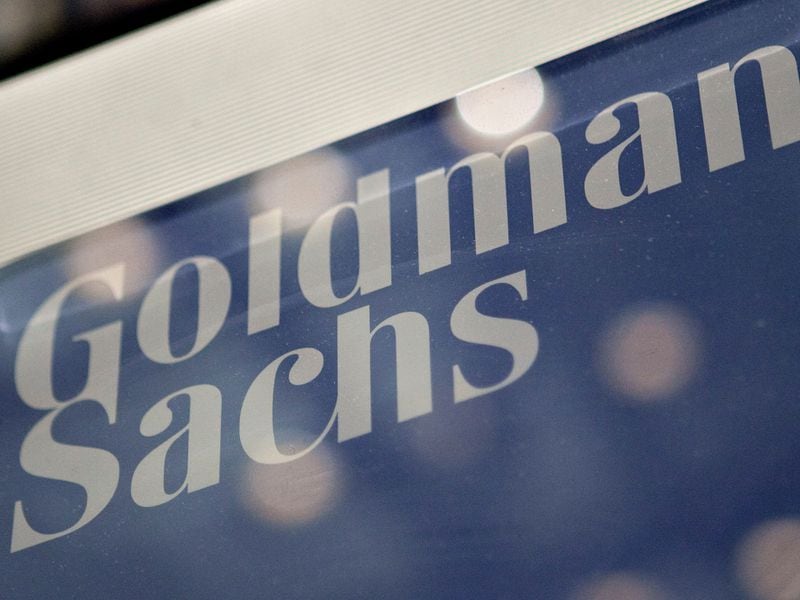New Data Gives Unprecedented Insight Into How Iranians Are Using Bitcoin

Out of 1,650 Iranian bitcoiners surveyed in Persian Telegram groups, 25 percent earned $500 to $3,000 a month from working with cryptocurrency, according to a survey conducted by the analytics firm Gate Trade.
This data offers an exclusive peek inside the evolution of the Iranian bitcoin community, and so far it looks like the classic “store of value” investment thesis can hold water.
More than a third of respondents, 35 percent, earned that income by mining, while 58 percent earned income through trading, both via exchange platforms and grassroots networks of local money changers providing liquidity with Iranian rials.
The survey indicated strong growth in the domestic mining industry, with 70 percent of respondents expressing interest in learning more about local mining businesses.
The Iranian crypto market is shifting its dominant focus from global exchange platforms to local exchanges and miners, because most centralized exchanges with know-your-customer (KYC) compliance exclude Iranians. Roughly 83 percent of survey respondents said the community needed more robust access to exchanges in order to grow.
In the meantime, a Gate Trade spokesperson told CoinDesk that many Iranians are using VPNs and purchasing foreign ID cards on the black market to circumnavigate discrimination.
Bitcoin developer and educator Jimmy Song told CoinDesk he has seen similar developments in other regions. The conduits may differ, yet they follow familiar patterns.
“In China, there are WeChat groups [for traders] because they don’t have as much direct access to exchanges,” he said, adding:
“I’m also hearing about a price premium in Argentina, for example, because the economy is facing some issues. … What we want, for all of these places, whether distressed or not, is for people to have the ability to accumulate capital and earn more money, to build things.”
The climate of censorship faced by Iranians has helped divorce local demand from global factors such as dollar prices, the gold market or even local stock markets. Up to 60 percent of respondents said such external conditions had little or no impact on their bitcoin investments. Most respondents were long-term holders, investing in bitcoin with the intention to hold it for more than a year.
Such is the case with Tehran-based blockchain developer Mahmoud Eskandari. He holds bitcoin, liquidates various cryptos as a side job and sends bitcoin to Iranian students abroad to help pay their expenses, including his relatives.
“Today it is clear to me that more and more people are using bitcoin,” Eskandari told CoinDesk. “Bitcoin has not had a profound impact on the lives of the Iranian people, but its use is growing among the people and I can see that.”
Roughly 29 percent of Iranian respondents hold more than $5,000 worth of crypto, mostly bitcoin. Compared to statistics from the CoinDesk 2018 reader survey, which reached predominantly American and European bitcoin users, Iranians are storing significantly more wealth in bitcoin.
Although 63 percent of CoinDesk respondents held more than $5,000 in crypto, Iranians are storing a higher concentration of their wealth. For context, only 14 percent of Iranian respondents earned more than $10,000 a year. Yet nearly a third of CoinDesk survey respondents were accredited investors and 13 percent described themselves as “crypto millionaires.”
“[Demand for bitcoin] is going to be felt in distressed economies much more than first-world economies,” Song said. “That’s to be expected because they feel the impact of inflation much more.”
Iranian currency and BTC image via Shutterstock









